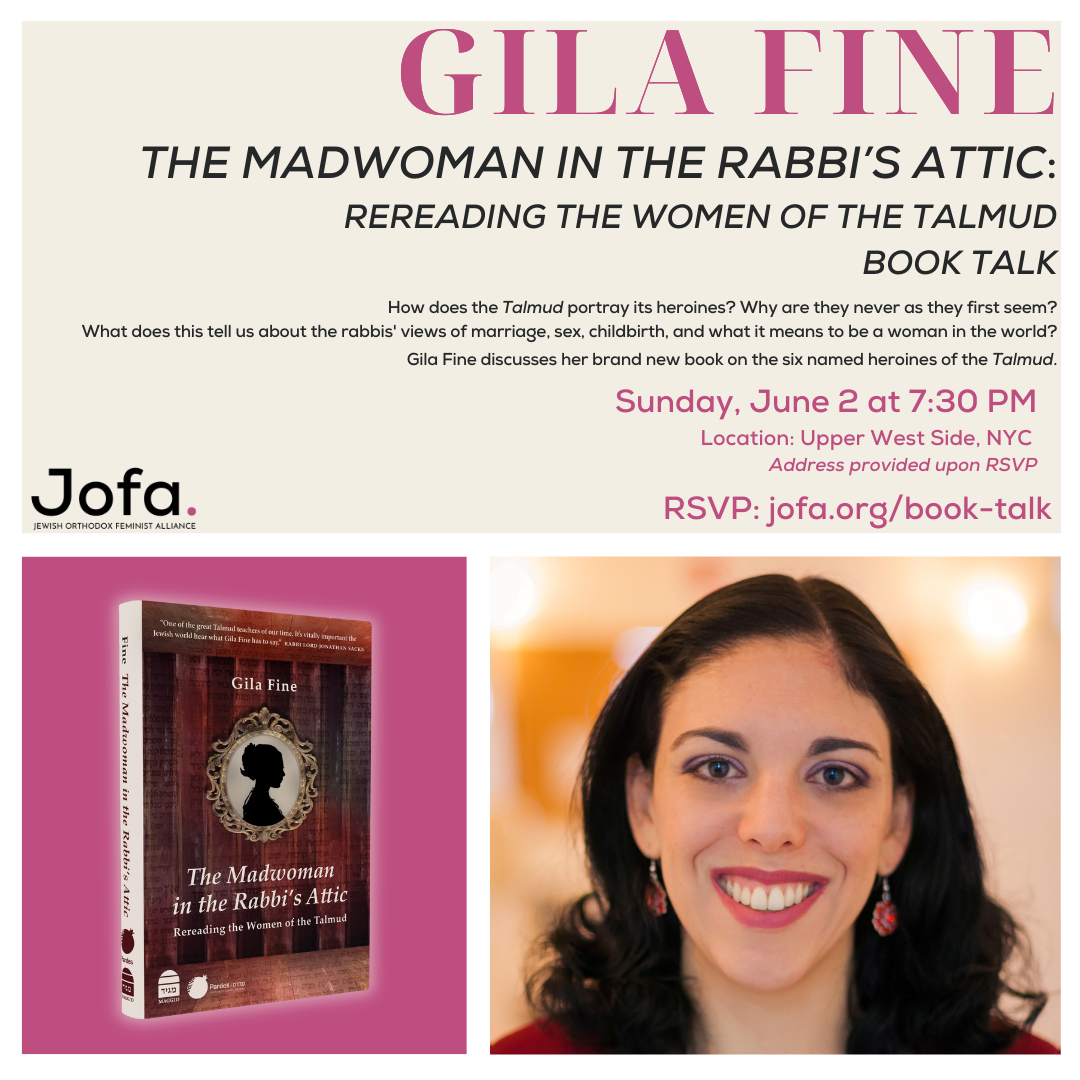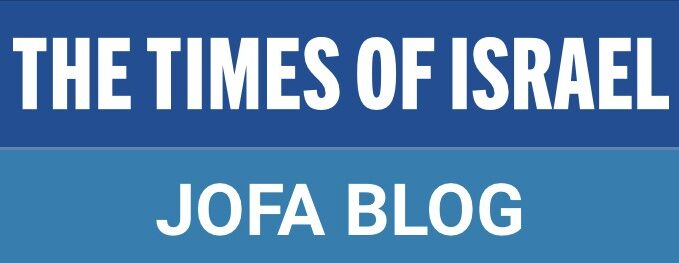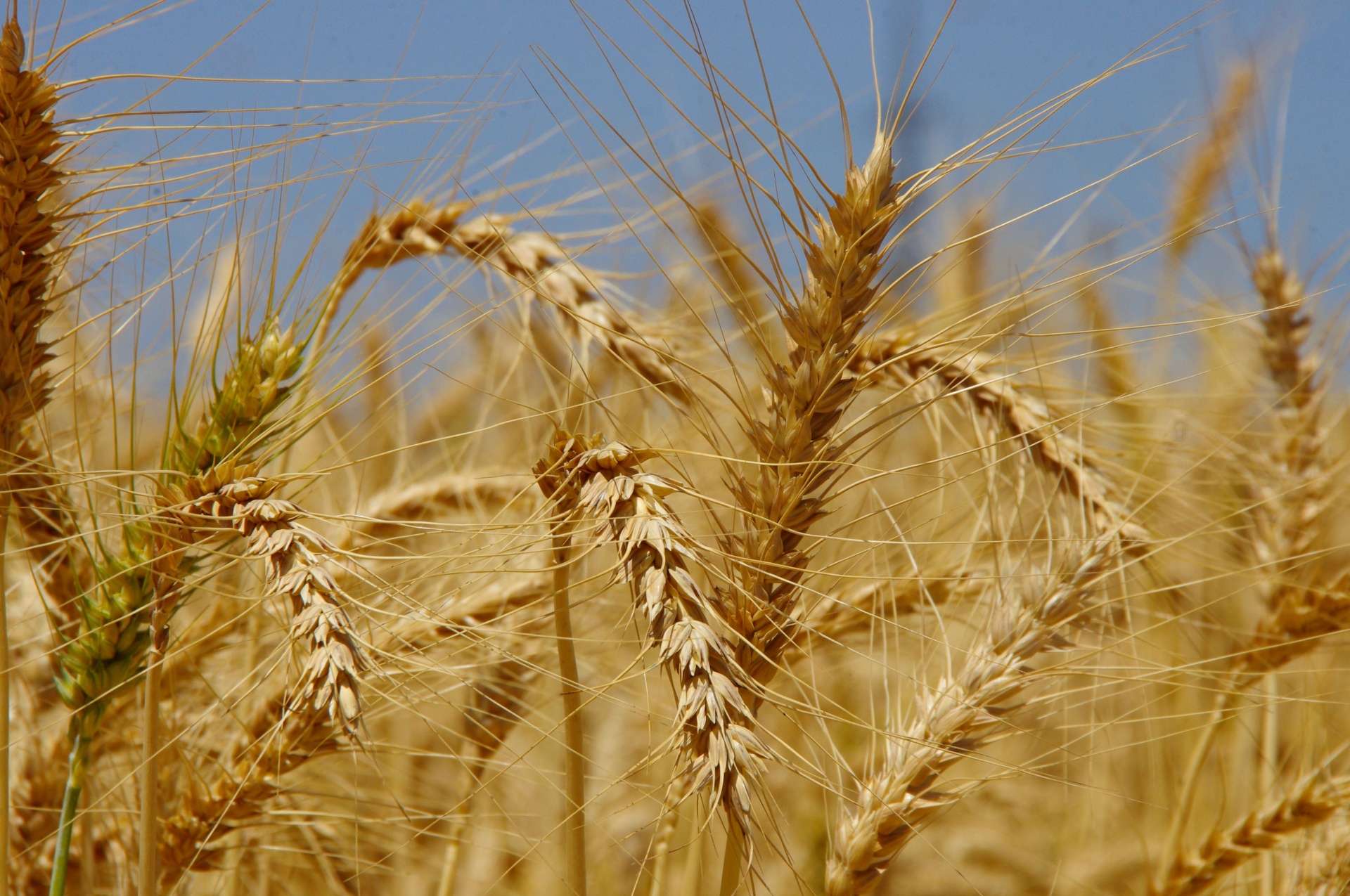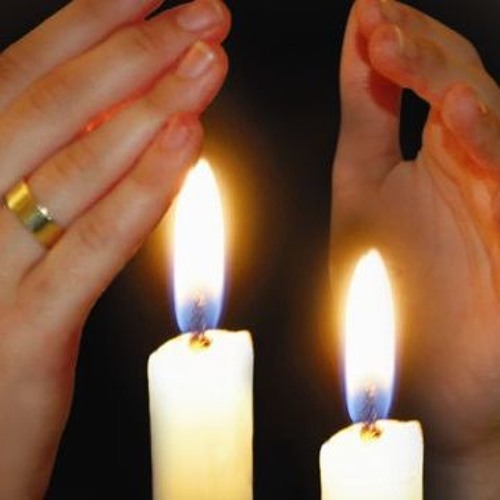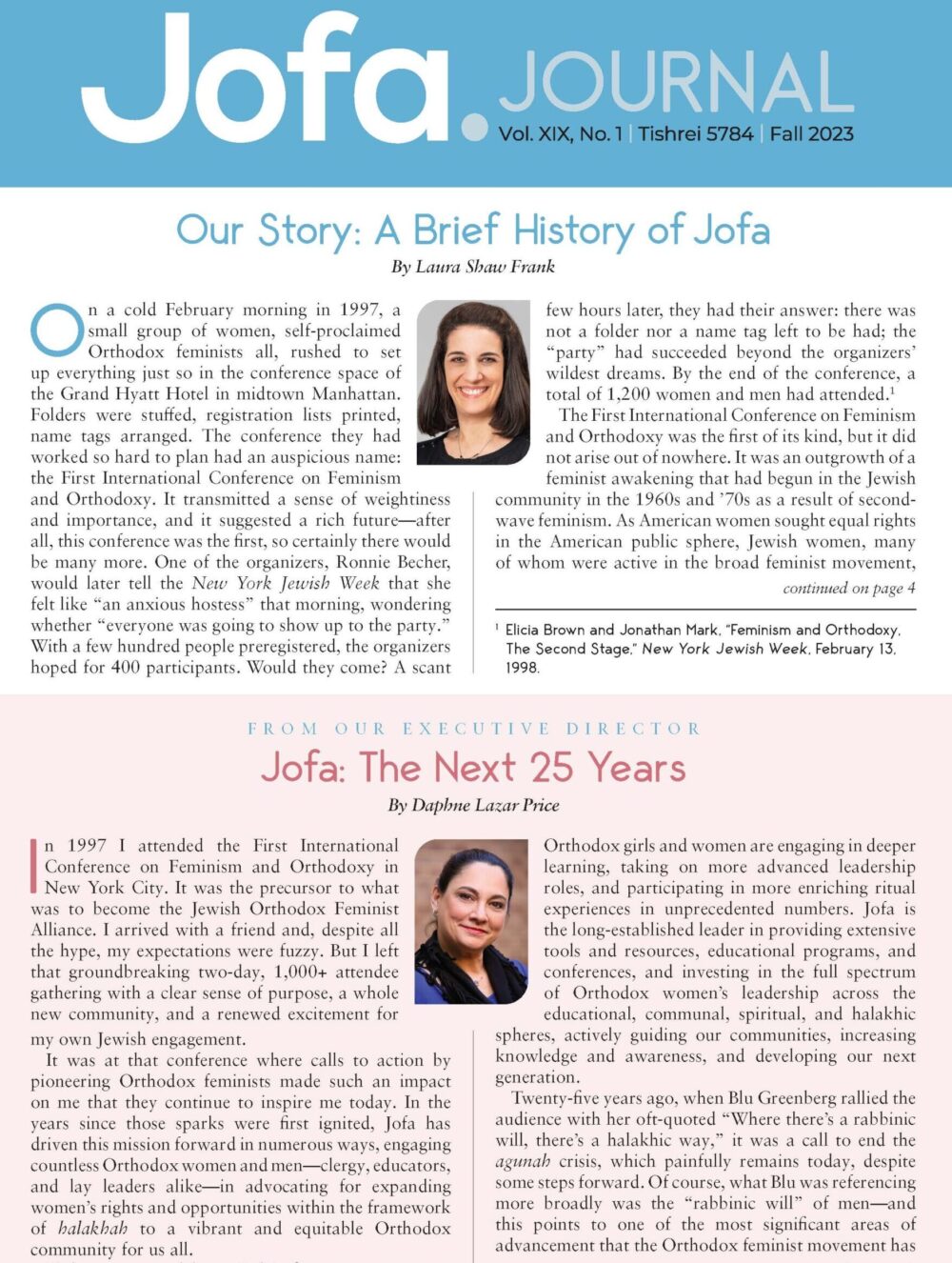By Noam Stadlan
The discussion of abortion in halakhah begins with the life of the mother. Pikuaḥ nefesh, the obligation to preserve life—in this case, the life of the mother—trumps every other obligation except for three: murder, sexual immorality, and idol worship. Until the head of the fetus or the majority of its body has exited the birth canal, the life of a fetus is not considered entirely on par with the life of the mother, and abortion is mandatory if the mother’s life is in danger.
On the other hand, all poskim (halakhic decisors) agree that the fetus is at least a life in potential, and it is forbidden to destroy it for casual reasons. Our bodies are on loan to us from God, and we have an obligation to use them for beneficial purposes.
Two Approaches to Abortion
Many different approaches to abortion exist, but two are predominant—and differ regarding the status of the fetus. One view, popularized by Rabbi Moshe Feinstein, is that the fetus is considered as a human being, and therefore abortion is considered tantamount to murder—the only exception being imminent danger of death of the mother. The other position, popularized by Rabbi Eliezer Waldenberg (Tzitz Eliezer), views the fetus essentially as part of the mother, and therefore abortion is considered predominantly as an injury to the mother. Under this approach, there can be competing positive mitzvot obligating the physician to alleviate major physical and emotional distress of the mother. If the physical and/or emotional distress that the mother suffers because of the pregnancy is of an adequate magnitude, the obligation to relieve the distress can overcome the prohibition of injury, as injury is allowed when it leads to significant benefit. Both views use the same primary sources, but understand them differently.
For the sake of convenience, the classification of abortion as murder will be referred to as the restrictive approach and the classification under injury as the permissive approach.
The Torah references abortion once in Shemot (21:22):
When men fight, and one of them pushes a pregnant woman and a miscarriage results, but no other damage ensues, the one responsible shall be fined according to what the woman’s husband may exact from him.
Here, the punishment for causing an abortion is a monetary fine. The punishment for murder, even of a one-day-old infant, is different. Because there is a difference in punishment between killing a one-day-old and killing a fetus, it is reasonable to conclude that they are different crimes. However, those who consider abortion to be murder can claim that because there is no certainty that the fetus would have been viable, the abortion resulted in termination of only a potential life, and therefore, even though the act was similar to murder, the punishment isn’t the same as for actual murder.
The Talmud also mentions abortion, in Mishnah Ohalot 7:6:
If a woman has difficulty in childbirth, one dismembers the embryo within her, limb by limb, because her life takes precedence over its life. Once its head (or greatest part) has emerged, it may not be touched, for we do not set aside one life for another.
The Notion of a Rodef
The Rambam’s interpretation of this mishna is the prime source for the restrictive approach (Mishneh Torah, Hilkhot Rotzeah USh’mirat Nefesh 1, 9):
The Sages ruled that when a woman has difficulty in giving birth, one may dismember the child in her womb … because he is like a pursuer (rodef) seeking to kill her.
The restrictive school concludes that only when the fetus is threatening the mother is there a place for abortion. In all other cases, abortion is prohibited. By using the label of rodef, the Rambam is elevating the status of the fetus to essentially a human being, as those who chase others with murderous intent are human beings.
However, others interpret the Rambam differently. Rabbi Shneur Zalman of Lublin (Torat Chesed, Even Ha’Ezer, Vol. II, No. 42) references the Rambam’s usage of the term rodef in a different context (Mishnah Torah, Hilkhot Hovel U’Mazzik 8, 15):
A boat is about to sink from the weight of its load. One passenger steps forward and jettisons the baggage of another to ease the boat’s load. He is not liable (to make restitution), because the baggage is like a rodef seeking to kill them.
Rabbi Shneur Zalman maintains that the use of the term “like a rodef” in the abortion discussion should be understood in the context of this law. The use of the term rodef simply indicates that someone who performs an abortion to save the life of the mother is not liable for monetary damages. The term does not have any implications regarding the status of the fetus.
The permissive school also relies on a completely different understanding of the mishnah. Rashi states (BT Sanhedrin 72b s.v. yatza rosho) that abortion in the case of threat to life of the mother is mandated simply because the fetus is not a person. According to this approach, there is no need to invoke the concept of rodef or give any other rationale for abortion.
The restrictive approach also derives support from the mandate to violate Shabbat in order to save a fetus. The Talmud (BT Arakhin 7a–b) states:
Rabbi Nachman said in the name of Shmuel: If a woman who has been sitting on the birth stool died on Shabbat, one may bring a knife and cut her womb open to take out the child.
Shabbat may be violated only to save human lives. The fact that carrying in public areas and making an incision (both considered work, melakhah, on Shabbat) are mandated to rescue a fetus seems to confer the status of human life on the fetus.
The permissive school points out that this case is limited to a woman already in labor, when the fetus would be viable outside the womb. They distinguish between a fetus at the time of labor and prior to labor. Once labor has begun, the fetus takes on more of the status of a life, and the unfortunate dead mother at this point is only an impediment to the life of the baby. It is only under this circumstance that the fetus assumes more of the status of a life.
Another source supporting the connection of abortion to murder is found in Sanhedrin (BT Sanhedrin 57b)
In the name of Rabbi Yishmael they said: [a Noahide receives capital punishment] even for [destroying] a fetus. What is the reason of Rabbi Yishmael? It is the verse “he who sheds the blood of man, in man (adam ba’adam) shall his blood be shed (Bereishit 9:6). What is the meaning of “man in man”? This can be said to refer to a fetus in its mother’s womb.
Rabbi Yishmael’s exegesis, despite not being the plain meaning of the verse, provides a basis for establishing that feticide is a capital crime, at least for non-Jews.
On the previous page in the Talmud, it is written (BT Sanhedrin 59a):
There is nothing that is permitted to a Jew but prohibited to a non-Jew.
From the proximity of these two passages, the Tosafot wrote (s.v. lica):
A Jew is forbidden to cause its [the fetus’s] death, but is not culpable. Even though [a Jew] is not culpable, nevertheless it is not permitted.
From these sources, a connection between abortion performed by Jews and murder can be made. Alternately, those of the permissive approach would note that the prohibition is given only in the name of Rabbi Yishmael, and it is possible/probable that the other sages did not agree. Furthermore, the Tosafot elsewhere (BT Hullin 33a s.v. ehad) state that although abortion is not permitted for Jews, they are not liable for capital punishment. And in one other instance (BT Niddah 44b s.v. ihu) they state that “it is permitted to kill it [the fetus].”
Prohibition against Injury
If abortion is not considered murder, what then is the basis for the prohibition? The most commonly accepted basis for the permissive position is that abortion violates the prohibition against injury (ḥavalah).
The Talmud (BT Arachin 7a) states:
Before a [pregnant] woman is executed, she is struck across her abdomen, so that the fetus will die prior to the execution, to prevent her dishonor at the time of execution.
The restrictive school would note that because the woman is sentenced to death, the fetus inside the woman is essentially sentenced to death as well. Therefore, the mandate to abort a fetus that has no realistic chance at life cannot be generalized to fetuses that have an expectation of life.
However, based in part on this source, Rabbi Joseph Trani (1568–1639) (Maharit Vol. 1: 97 and 99) ruled that abortion was prohibited based on the prohibition against wounding oneself or others. Therefore, the prohibition could be overridden for the need (tzorekh) of the mother, including, as in this case, preventing the dishonor of the mother. This position is supported by the concept that for some purposes, such as conversion or states of ritual purity/impurity, the fetus is considered part of the mother—ubar yerakh imo—literally the fetus is considered like the thigh of the mother. (Other examples appear in BT Baba Kamma 78a, Nazir 51a, and Yevamot 78a–b.) Those of the restrictive school would point out that this concept was not applied automatically, but was used in situations in which there were changes in legal status.
Twentieth-Century Responses
As noted previously, two giants of the past generation debated abortion in a number of teshuvot (responsa). In 1967, Rabbi Waldenberg (Tzitz Eliezer, vol. 9, no. 51) wrote that the prohibition against abortion is not the same as the prohibition against murder, and that there is a basis to permit abortion for a nursing mother, a married woman who has committed adultery, or a woman who has been raped. He also noted that there is a basis for abortion when the woman is suffering emotional but not physical anguish. He allowed for abortion “if there is a grounded fear that the child will be born with a defect or with restrictions.” Although he encouraged abortion prior to 40 days of gestation, he allowed it up to three months. Later, in 1975 (Tzitz Eliezer, vol. 13, no. 102), he wrote, regarding a child with Tay-Sachs disease, “It is permissible to terminate the pregnancy until seven months have elapsed, in a way in which no danger will befall the mother.” The basis for his opinion was: “Is there greater pain and suffering than that which will be inflicted upon the woman in our case if she gives birth to such a creature whose very being is one of pain and suffering and his death is certain within a few years, and the parents’ eyes will witness without any capacity to alleviate it?”
Rabbi Moshe Feinstein (Iggerot Moshe, Hoshen Mishpat II no. 69) responded that the prohibition of abortion was indeed based in the prohibition of murder, and that abortion is strictly prohibited except when there is a clear threat to the life of the mother.
Rabbi Waldenberg (Tzitz Eliezer, vol. 14, no. 100/101) reiterated that abortion was allowed if the mother’s distress amounted to “great need.” Although Rabbi Waldenberg did include in some of his responsa some consideration of the distress of the future child, the major factor in permitting abortion was the alleviation of the physical or mental distress of the mother. He concluded one of his teshuvot with these words:
All Jews are warned strictly not to terminate pregnancies lightly. A great responsibility is placed on both the inquirer and the responding rabbi.
“Autonomy and Rights” Are Not Discussed
The words autonomy and rights do not appear in the discussion. However, that does not mean that choice is not present. The halakhah presents mitzvot—obligations. Abortion for convenience is prohibited. On the other hand, if carrying the fetus imposes significant distress on the mother, she should discuss the issue with her rabbinical authority. The answer that this authority provides will depend on the facts of the case and his/her understanding of the halakhic sources. Although it is frowned upon to seek an opinion from a specific authority only because of its leniency (or stringency, if that is what one is looking for), it is perfectly valid and reasonable to seek someone who shares the questioner’s fundamental approach to Orthodoxy and someone who understands the person who is asking the question.
In addition, the mother and family are the only people who can adequately convey the amount of physical or emotional distress that they are suffering—pain and distress are, to a great measure, subjective. What is extreme stress and unbearable distress to one family is manageable to another. Ultimately, each rabbinical authority needs not only to understand the halakhah, but also to understand the people who have come to him or her for p’sak/advice/support.
Dr. Noam Stadlan is vice-chairman of the Department of Neurosurgery, NorthShore University Healthcare system, and recently completed a Masters in Bioethics from New York Medical College/Touro. He is proud to be a JOFA board member.
[Callouts]
All poskim agree that the fetus is at least a life in potential, and it is forbidden to destroy it for casual reasons.
The words autonomy and rights do not appear in the discussion. However, that does not mean that choice is not present.
The mother and family are the only people who can adequately convey the amount of physical or emotional distress that they are suffering.

